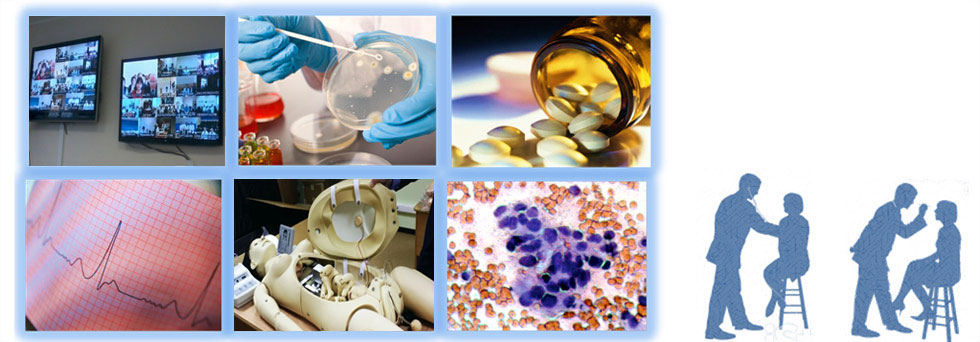Druzhilov M., Kuznetsova T. Epicardial fat thickness as a tool for predicting complicated obesity // Journal of Biomedical Technologies. 2015. № 2. P. 49‒58. DOI: 10.15393/j6.art.2015.3261
Issue № 2 (2015)
| Druzhilov Mark | Petrozavodsk State University, 33 Lenin str., Petrozavodsk, Russia 185910, drmark1982@mail.ru |
| Kuznetsova Tatyana | Petrozavodsk State University, 33 Lenin str., Petrozavodsk, Russia 185910, eme@karelia.ru |
|
epicardial fat thickness visceral obesity cardiovascular risk subclinical organ damage |
Our aim was to study the possibility of using echocardiographic epicardial fat thickness (EFT) in obese patients as a tool for prediction of subclinical organ damage and as a surrogate criterion for complicated obesity. 132 asymptomatic normotensive patients with low or moderate SCORE risk scale were examined. We estimated lipid spectrum, sugar profile, high-sensitivity C-reactive protein serum level, glomerular filtration rate, albuminuria; triplex scanning of brachiocephalic arteries, echocardioscopy with the EFT assessment, and ambulatory blood pressure monitoring with the assessment of arterial stiffness parameters were performed as well. Mean EFT values differed significantly in different age groups (p<0.001). EFT was shown to be correlated with age, body mass index, carotid "intima-media", pulse wave velocity in the aorta, sugar level and high sensitivity C-reactive protein level (p <0.001). The value of the 75th percentile of EFT was taken as a direct criterion of visceral obesity and a tool for prediction of subclinical organ damage for each age range (4.8 mm for persons of 31-45 years old, 5.8 mm for persons of 46-55 years old). Patients with visceral obesity were characterized by higher detection frequency of organ damage: carotid atherosclerosis (47.4% vs. 15.2%, p <0.01), hypertrophy of carotid "intima-media" (63.2% vs. 32.6%, p <0.01), microalbuminuria (26.3% vs. 8.3%, p <0.01), left ventricular diastolic dysfunction (34.2% vs. 13.6%, p <0.01), increased vascular stiffness (68.4% vs. 37.9%, p <0.01). These results suggest that, for patients with abdominal obesity and low or moderate SCORE risk scale, it is necessary to carry out thorough investigation of the severity of visceral obesity, with echocardiographic EFT used as a direct criterion. The presence of epicardial obesity in these persons is accompanied by a higher frequency of subclinical organ damage. In cases when EFT is found to exceed the threshold value for the respective age range, it is advisable to perform screening of organ lesions, primarily carotid atherosclerosis, in order to subsequently reclassify the cardiovascular risk and to review the range of the necessary preventive measures. |
Displays: 5898; Downloads: 10261;




